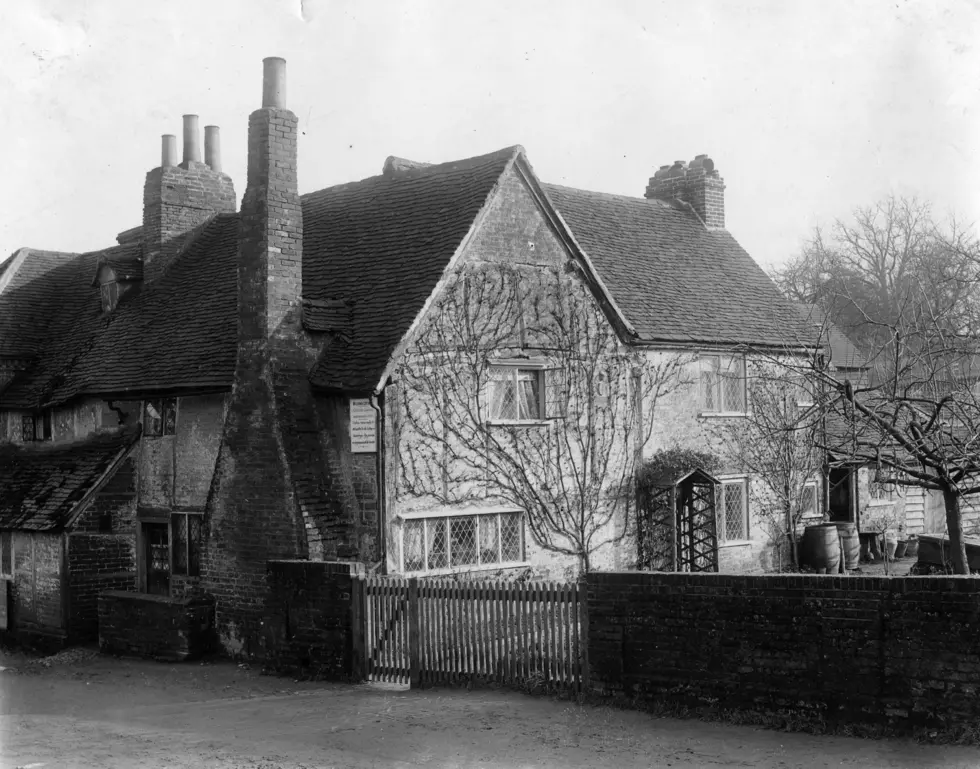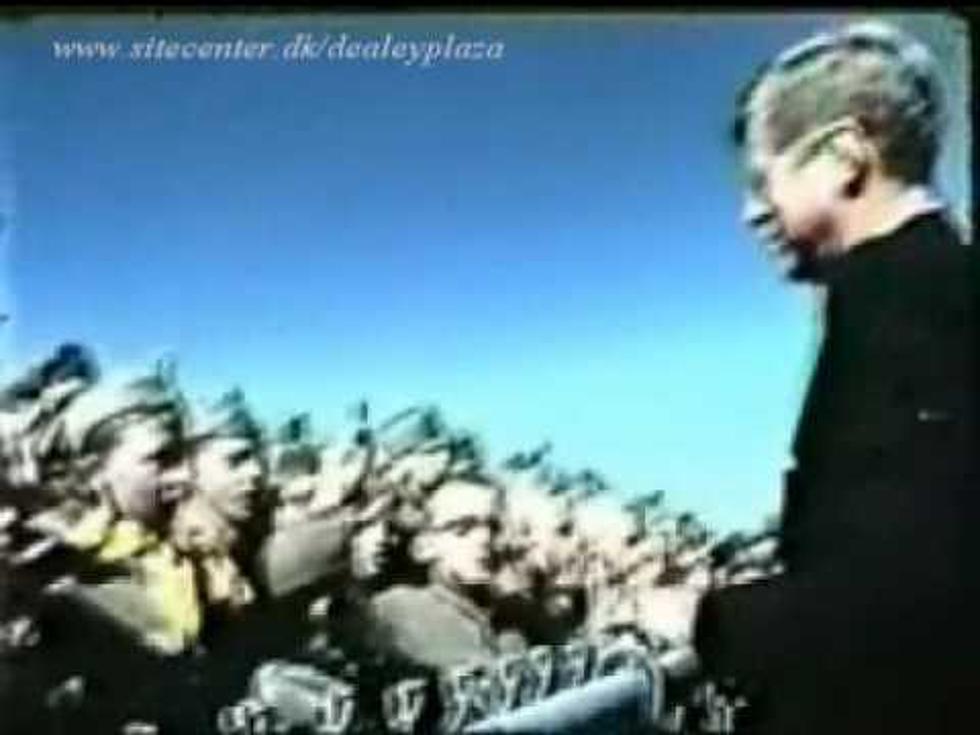
West Side League of Neighbors Forms & Holds Meeting
Buoyed by the excitement of what they discovered about their neighborhood while participating in a U.W. American Studies class project last Spring, West Side residents Gina Chavez and Wendi Chatman decided to form a new community group, the West Side League of Neighbors (WSLN). The group hopes to encourage West Side residents, property owners, businesses and other entities to recognize the neighborhood’s uniqueness and historic significance and foster a desire to appropriately update their properties while preserving their historic character. WSLN also looks forward to partnering with other economic development organizations and local government in similar efforts.
The new group will hold its first meeting at the Lincoln Community Center on February 14th, from 5:30 to 6:30pm to introduce itself and its ideas to the community and to invite community members to join in its efforts; all are welcome.
Many people may not realize the sinificance of the West Side neighborhood, but historically it holds a great deal of Laramie's past. The class project created, the “Laramie’s West Side Neighborhood Inventory of Historic Buildings,” included an architectural survey of 248 individual properties in a 32-block portion of the neighborhood which encompasses roughly the area between Curtis St., the U.P. railroad, and I-80 to the south and west. It was discovered that 181 buildings, or 74.4%, would contribute to an historic neighborhood designation application because they retained a significant amount of original architecture. That is an amazing number considering the age of the neighborhood which came into being in 1868 - before Laramie was even incorporated - to accommodate the employees from the Union Pacific Rail Road as well as other industries. Ultimately, the survey will be part of a nomination for Historic Neighborhood status from the National Historic Register, a status designation that does not affect property owners in any way but will give them boasting rights!
Many, although not all, of the industries are gone, but the cultural influences of the West Side’s original and later residents and the locally-available materials as a result of those industries - wood, railroad ties, stucco, brick, and concrete are evident in the vernacular architecture - architecture without “distinctive qualities of any particular architectural style” in the “owner built and owner improved” structures throughout the neighborhood. The 202 outbuildings, from old barns to former chicken coops are also evidence of the agricultural history of the neighborhood and 51 of those will support the nomination. Not all of the architecture represents a working-class history; several homes were built for and by the movers-and shakers in early Laramie and are still standing as witnesses to the attractiveness of the land between the rail road tracks and the river; the wind always blew from the west!
WSLN’s first partner is the U.W. American Studies program. Mary Humstone, who was the class instructor for the architectural survey project, has written a grant proposal in conjunction with the Albany County Historic Preservation Board which, if approved, will fund a series of three “This Place Matters” workshops “intended to engage property owners and residents in researching the history of their properties and taking steps to rehabilitate them” while respecting the integrity of their historic architecture and showing residents - as the grant states - that “their neighborhood is a treasure worth preserving.” If the grant is approved, it is hoped that the workshops will be held in the newly-renovated Lincoln Community Center - itself a building that neighborhood residents worked tirelessly to preserve and which is on the National Historic Register - during the late summer and early fall of this year.
More From Laramie Live



![C-SPAN Networks Celebrate ‘Laramie Weekend’ [VIDEO]](http://townsquare.media/site/98/files/2017/10/Downtown-Laramie-Grand-Avenue-1-Adam-Porter-630x472.jpg?w=980&q=75)





